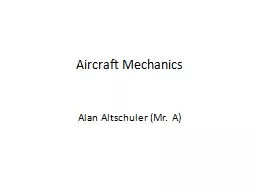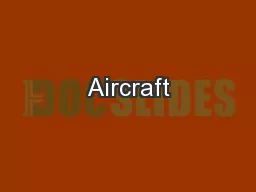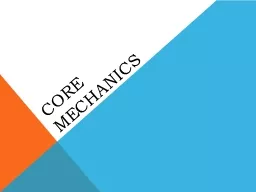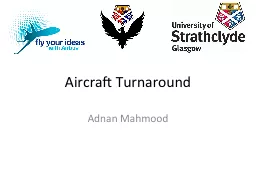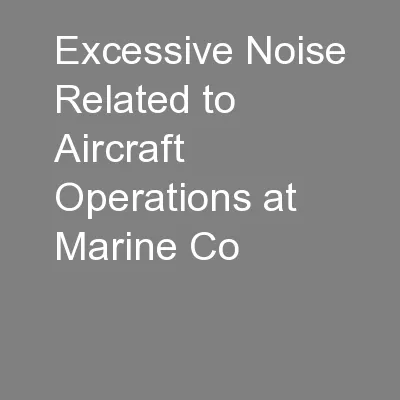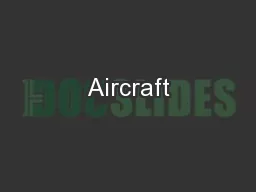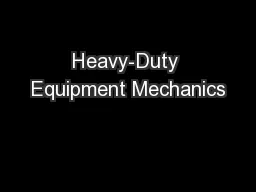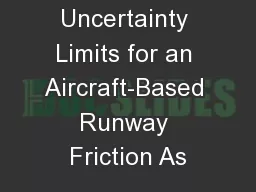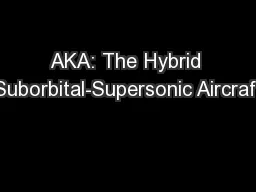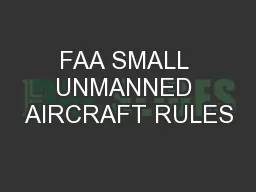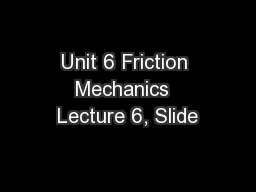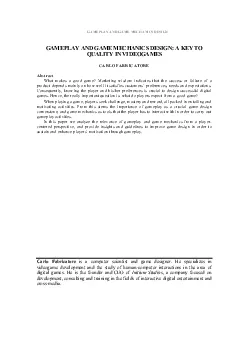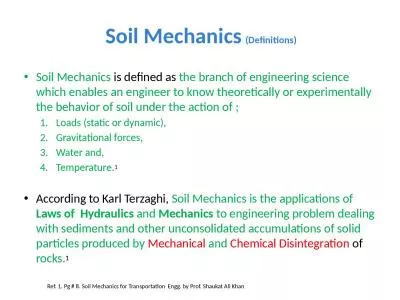PPT-Aircraft Mechanics
Author : pasty-toler | Published Date : 2015-11-25
Alan Altschuler Mr A Forces and Moments on Aircraft Forces L ift Drag Thrust Inertia Gravitational weight Linear and Rotational Momentum Ground Support Weight SpeedUp
Presentation Embed Code
Download Presentation
Download Presentation The PPT/PDF document "Aircraft Mechanics" is the property of its rightful owner. Permission is granted to download and print the materials on this website for personal, non-commercial use only, and to display it on your personal computer provided you do not modify the materials and that you retain all copyright notices contained in the materials. By downloading content from our website, you accept the terms of this agreement.
Aircraft Mechanics: Transcript
Download Rules Of Document
"Aircraft Mechanics"The content belongs to its owner. You may download and print it for personal use, without modification, and keep all copyright notices. By downloading, you agree to these terms.
Related Documents

